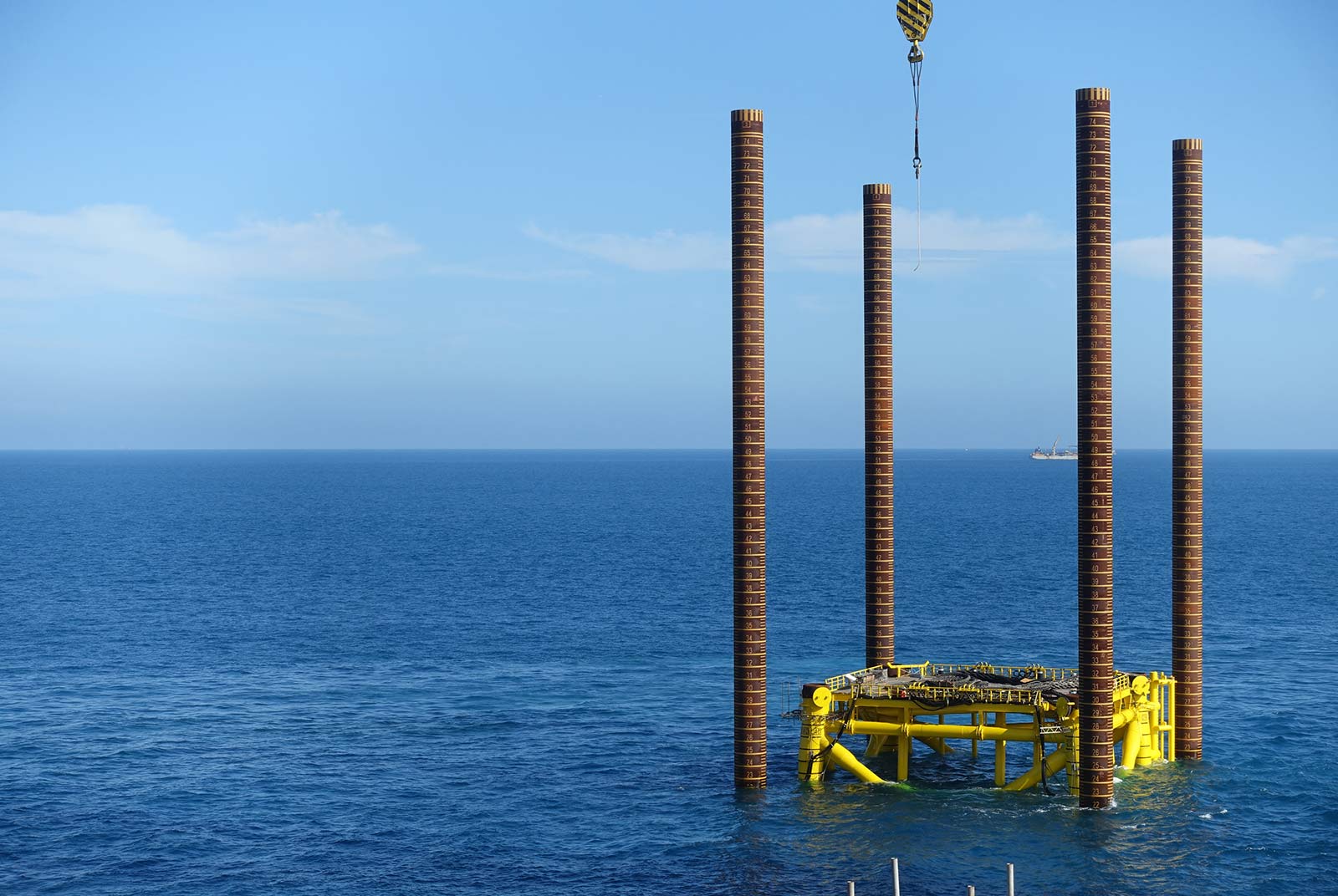The missing ingredients to success in Taiwan’s offshore wind future

Source:CECI
In this op-ed, author Angelica Oung sheds light on Taiwan's offshore wind future. Despite challenges such as the rising costs influenced by global economic changes and the war in Ukraine, Taiwan's industry is searching for ways to adapt.
Views
The missing ingredients to success in Taiwan’s offshore wind future
By Angelica Oungweb only
The missing ingredients to success in Taiwan’s offshore wind future
Imagine two bakers each making a batch of cookies. In the middle of making the batter, they find to their dismay that the oven temperature has fallen. If they bake the cookies as planned, they’re going to be flat.
Baker number one decided to throw the batter away and start again. They have to change the ingredients to make a batter that works with the new oven temperature.
Baker number two meanwhile, decides to soldier on. Maybe there are still things they can add to the batter that make things come out OK in the end.
What does this have to do with offshore wind?
In the face of changing global conditions in the global offshore wind industry, there was a spate of high-profile project cancellations in the United States in the face of soaring costs. Ørsted, the world’s largest offshore wind developers, pulled the plug on its 2.2 GW Ocean Winds 1 and 2 projects in New Jersey.
Ørsted CEO Mads Nipper called for a “reset” of offshore wind prices to reflect the new costs. The offshore wind industry in the US is like Baker One, deciding to throw away their batter to start again.
The challenges faced by the industry in the US affects us in the same way in Taiwan: we no longer live in a zero interest rate environment, and commodity price gyrations in the wake of the war in Ukraine is making the very stuff we need in tens of thousands of tonnes to make offshore wind farms more expensive.
Maybe it’s because they’ve already invested too much time and resources already, but the offshore wind industry in Taiwan is behaving more like Baker 2. They are pressing ahead with the Round 3.1 projects, supposedly to go into construction 2026-2027 despite the escalating costs. They know that they desperately need to add a few more ingredients to make these projects work despite worsening conditions. The question is, are they going to get them?
The most immediate fix would be getting compensated more on these projects. However, Taiwan’s offshore wind projects are paid for by Corporate Power Purchase Agreements (CPPAs) from large tech companies. They might be willing to pay above and beyond the usual price for the renewable energy they need for their supply chain commitments, but they are balking at paying what the offshore wind industry says they will need to sustain the Taiwan projects, above NTD$5 per kilowatt hour. That is almost twice as much as the rates they usually pay through Taipower for non-renewable energy.
Another measure that would bring relief to the Taiwanese projects is a relaxation of local content requirements, that is, the stipulation by the government that a great deal of the components that go into the projects have to be made with Taiwan. This makes key components such as wind turbine foundations cost easily twice as much. Despite some change of rules between Round 3.1 and Round 3.2, the localization burden has not gone down. In fact, most industry insiders say they have only gotten more onerous.
After suffering greatly through COVID, the Taiwanese offshore industry is back on its feet. 2024 promises to be a construction season that will see multiple projects finally complete while 2025 will see construction of the last of the Round 2 projects.
But after that, whether or not the Taiwan straits will continue to be busy with installation vessels will depend on whether future projects get the ingredients they need to perform in our new reality.
(This piece reflects the author's opinion, and does not represent the opinion of CommonWealth Magazine.)
About the author:

Angelica Oung is a Clean Energy advocate. Previously of the Taipei Times, ReNews and her own publication, Taiwan Offshore Wind Unredacted, she is the founder of the Clean Energy Transition Alliance (CETA). CETA's mission is to accelerate Taiwan's energy transition on the precondition of energy security and abundance. She can be contacted at [email protected]
Have you read?
- Why are wind farm developers leaving Taiwan?
- Taiwan offshore wind development faces headwinds
- Regional collaboration key to achieving Taiwan’s offshore wind target
Uploaded by Ian Huang






